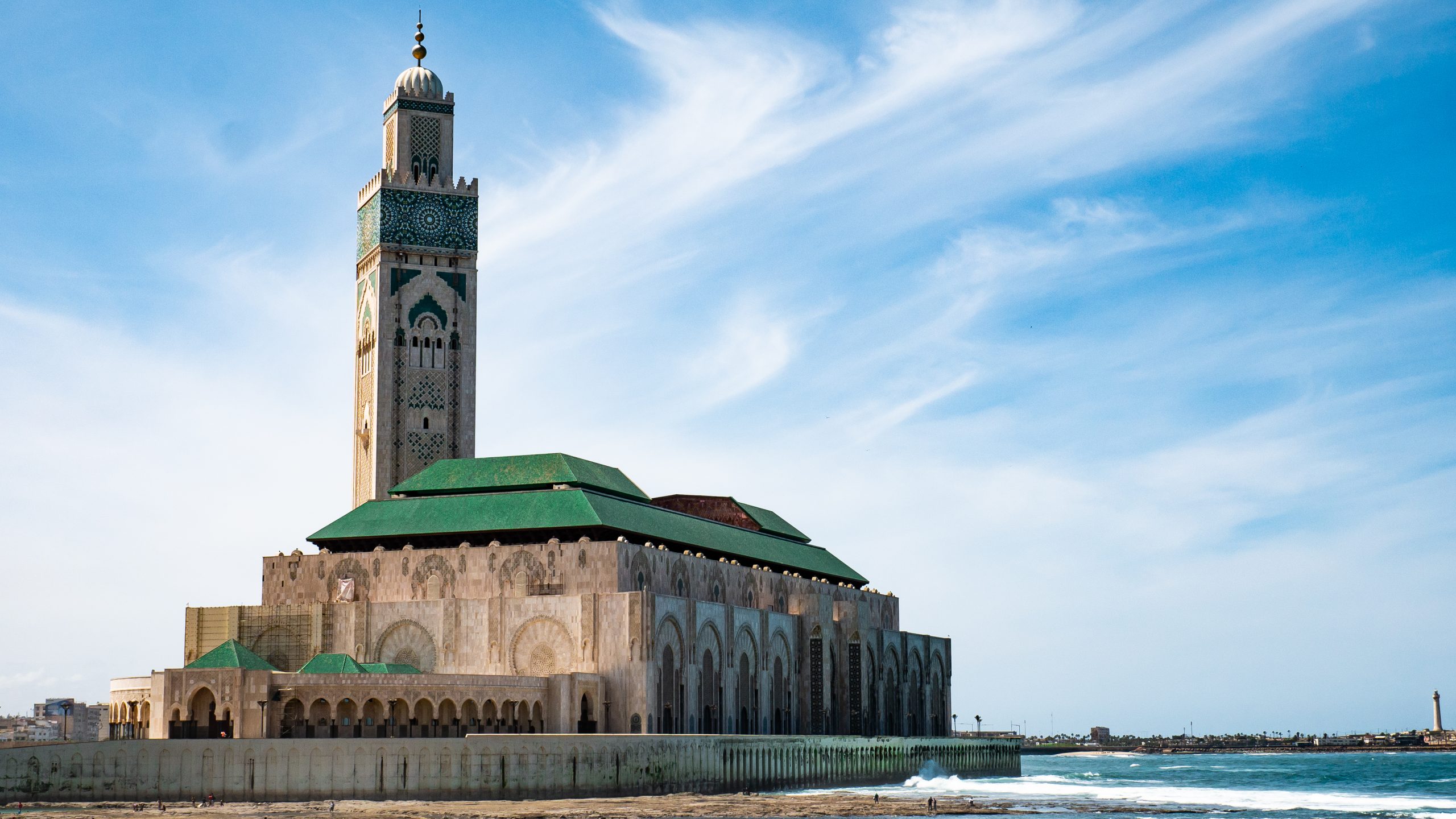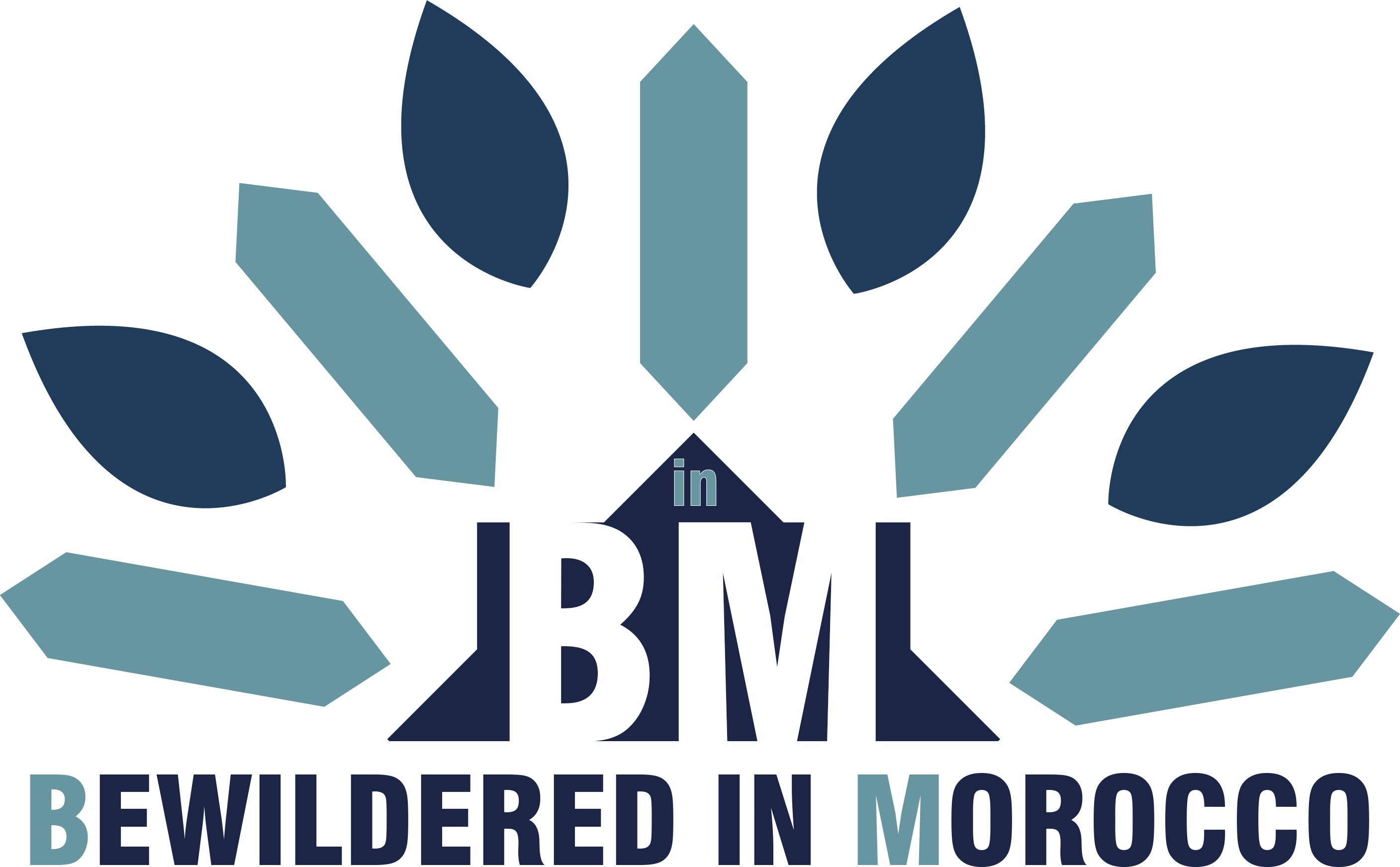Casablanca gets mixed reviews from travelers. Some call it just a business city with nothing to see. Others rush through on their way to Marrakech or Fez. But after spending two days exploring every corner, I can tell you there are plenty of exciting things to do in Casablanca that most visitors miss.
The city surprised me. Yes, it's modern and busy, but hidden between the wide boulevards and tall buildings, I found traditional markets, stunning architecture, and some of the best seafood I've tasted in Morocco. The mix of old and new makes Casablanca special in its own way.
Let me take you through my adventure in Morocco's largest city, sharing the places that made my visit memorable.
Starting in the Heart of the City

My journey began in downtown Casablanca. I stayed at a hotel right in the center, which made everything easy to reach. The location wasn't fancy, but it was perfect for exploring.
The streets around the city center buzz with energy. You'll see people rushing to work, street vendors selling fresh orange juice, and old French colonial buildings standing next to modern shops. This is where you feel the real pulse of Casablanca – busy, alive, and always moving.
Practical Tip: Stay somewhere central if you can. You'll save time and money on transport, and you can walk to many attractions. The area around Place Mohammed V is a good choice.
A Taste of Traditional Morocco at a Local Spot
After settling in, I headed to a traditional Moroccan restaurant that locals recommended. The place had beautiful Moroccan design – colorful tiles on the walls, carved wooden ceilings, and low cushioned seating. Everything felt authentic, from the decorations to the warm welcome.
I ordered mint tea and some traditional snacks. Sitting there, surrounded by families and friends chatting in Darija (Moroccan Arabic), I felt far from the busy streets outside. This is what I love about Casablanca – you can find these peaceful traditional spaces tucked away in the modern city.
The tea came in the classic Moroccan style, poured from high above into small glasses. Sweet, hot, and perfect for a mid-morning break.
Discovering the Habous Quarter: Casablanca's Traditional Soul

Next, I made my way to the Habous Quarter, also called the New Medina. This is one of the most famous traditional areas in Casablanca, and once you step inside, you understand why.
The Habous Quarter feels like stepping back in time. Unlike the French-style downtown, here you'll find narrow streets, traditional archways, and shops selling everything Moroccan – leather slippers, colorful djellabas (traditional robes), handmade ceramics, and copper teapots.
I spent time wandering through the alleys. Shop owners called out friendly greetings. The smell of fresh bread mixed with spices from the market stalls. This neighborhood was built by the French in the 1930s, designed to look like a traditional Moroccan medina but with wider, more organized streets.
What Makes Habous Special
The Habous Quarter is perfect for shopping without the chaos of older medinas. The streets are cleaner and easier to navigate, but you still get that authentic Moroccan atmosphere. I watched craftsmen working on leather goods and saw women buying fresh olives and preserved lemons.
There's a famous café in the quarter that many people visit. When I arrived, it was crowded – really crowded. But that's usually a good sign! Popular places are popular for a reason.
Shopping Tip: Prices in Habous are more fixed than in other medinas, but you can still negotiate a little. The quality of traditional clothing here is excellent if you want to buy a djellaba or kaftan.
The Majestic Hassan II Mosque

After the Habous Quarter, I headed to the Hassan II Mosque, and this is where Casablanca truly amazed me. This mosque is one of the largest in Africa and certainly one of the most beautiful religious buildings I've ever seen.
The mosque sits right on the Atlantic Ocean. Its minaret rises 210 meters into the sky – that's about as tall as a 60-story building! When I first saw it from a distance, I couldn't believe the size.
The architecture blends traditional Moroccan craftsmanship with modern engineering. Thousands of Moroccan artisans spent years creating the intricate tilework, carved wood, and painted ceilings. Every detail shows their incredible skill.
Visiting at Sunset
The best time to see Hassan II Mosque is at sunset. The golden light makes the cream-colored stone glow, and watching the sun drop into the ocean behind the mosque feels magical. I stood on the plaza in front, surrounded by other visitors and local families, all of us quiet for a moment, taking in the beauty.
The mosque allows non-Muslim visitors inside through guided tours. The interior is just as impressive as the outside – a massive prayer hall with a retractable roof, marble floors, and a chandelier that weighs several tons.
Visitor Information:
- Entry fee: Around 130 dirhams for adults
- Tours available: Saturday-Thursday (check current times)
- Dress modestly: Shoulders and knees covered
- Tours last about one hour
Strolling Along the Corniche and Ain Diab

From the mosque, I walked along the Corniche toward Ain Diab. The Corniche is Casablanca's seaside promenade, stretching for several kilometers along the Atlantic coast.
This is where locals come to relax, especially on weekends. You'll see families walking, young people hanging out at cafés, and couples enjoying the sea breeze. The waves crash against the seawall, sending up spray when the Atlantic is rough.
Ain Diab is the beach area of the Corniche. In summer, it's packed with people swimming and enjoying the sun. When I visited, the weather was perfect for walking but too cool for swimming. Still, the energy of the place was wonderful – music playing from beach clubs, the smell of grilled fish from restaurants, and the endless stretch of ocean.
Beach Clubs and Cafés
The Corniche has many beach clubs and restaurants. Some are fancy and expensive, others are more casual. I stopped at a simple café for a coffee and watched the waves for a while. Sometimes the best part of travel is just sitting and watching local life happen around you.
The Best Seafood I've Ever Tasted
For dinner, I went to a seafood restaurant that came highly recommended. The place wasn't fancy – just a local spot with plastic chairs and simple tables – but the food was incredible.
I ordered something called "maqila." It's a traditional Moroccan seafood dish, cooked in a tagine pot with tomatoes, peppers, and Moroccan spices. The version I had cost only 40 dirhams (about $4), and it was packed with fresh fish, shrimp, and squid.
The flavors were amazing – slightly spicy, rich with garlic and cumin, and so fresh you could taste the ocean. I ate every bite, soaking up the sauce with warm Moroccan bread. Honestly, this was one of the best seafood meals of my life, and I've eaten seafood in many coastal cities.
Food Tip: Don't judge restaurants by their appearance in Morocco. Some of the best food comes from simple, unpretentious places where locals eat. If you see a place crowded with Moroccans, that's your sign to try it.
The Traditional Hammam Experience
My two days in Casablanca included one more Moroccan essential – visiting a traditional hammam (bathhouse). The hammam near Hassan II Mosque is well-known, and I decided to give it a try.
If you've never experienced a Moroccan hammam, it's quite different from a regular bath or spa. You sit in a hot, steamy room, someone scrubs your skin with a rough mitt (called a "kessa"), and you leave feeling incredibly clean and relaxed.
The process is intense but refreshing. After two days of walking around the city, the hammam was exactly what I needed.
Final Thoughts on Casablanca
Casablanca might not have the ancient medinas of Fez or the colorful markets of Marrakech, but it has its own character. It's real, modern Morocco – a working city where people live their daily lives, mixed with pockets of tradition and stunning landmarks like Hassan II Mosque.
The things to do in Casablanca surprised me with their variety. From traditional quarters to oceanfront walks, from simple delicious food to architectural masterpieces, the city offers more than most people expect.
If you have time in your Morocco itinerary, don't skip Casablanca. Give it at least two days. Stay in the center, explore the Habous Quarter, marvel at Hassan II Mosque, walk the Corniche, and eat at local restaurants. You'll see a side of Morocco that many travelers miss.
Have You Been to Casablanca?
What did you think of the city? Did you discover any hidden gems or favorite spots? Or are you planning to visit and have questions about what to see? Share your thoughts and experiences in the comments below – I'd love to hear from you and help with any travel advice!
